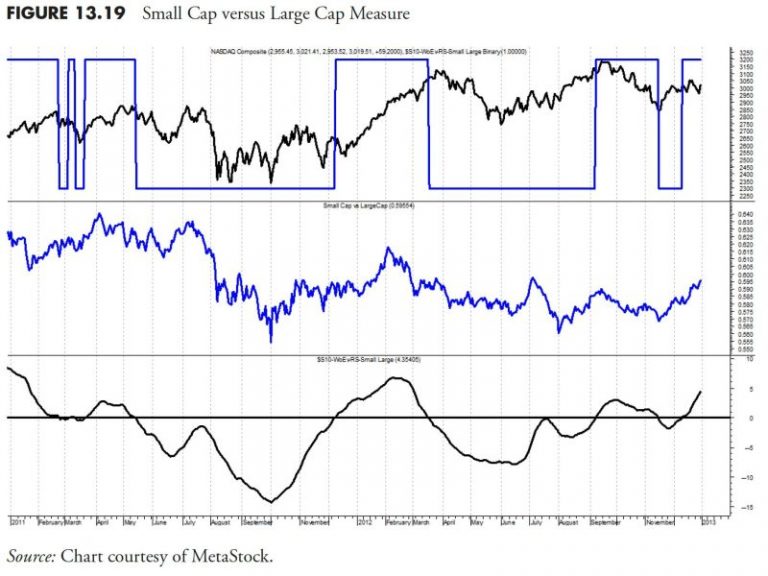In the world of finance and investments, rules-based money management plays a crucial role in guiding investors towards making well-informed decisions. This approach relies on a set of predefined criteria or rules to determine when to enter or exit trades, manage risk, and optimize portfolio performance. In this article, we continue our exploration of rules-based money management by delving into the concept of relative strength and other key measures that aid investors in making informed decisions.
Relative strength is a powerful metric used in technical analysis to assess the performance of a security relative to its peers or a benchmark index. By comparing the price movements of multiple assets, investors can identify those that are outperforming or underperforming their counterparts. This information can be instrumental in making allocation decisions and capitalizing on trends in the market.
One common method for calculating relative strength is through the use of a ratio known as the relative strength index (RSI). The RSI measures the magnitude of recent price changes to determine whether a security is overbought or oversold. High RSI values suggest that a security may be overvalued and due for a correction, while low RSI values indicate potential undervaluation.
Incorporating relative strength into a rules-based money management strategy can help investors weed out underperforming assets and focus on those showing strong momentum. By setting thresholds for relative strength values, investors can define clear rules for entering or exiting positions based on the performance of a security relative to its peers.
In addition to relative strength, other measures like moving averages, volatility indicators, and momentum oscillators can provide valuable insights into market trends and potential opportunities. Moving averages track the average price of a security over a specified period, helping to smooth out short-term fluctuations and identify long-term trends. Volatility indicators, such as the average true range (ATR) or Bollinger Bands, can help investors gauge the level of price fluctuations in a security.
Momentum oscillators like the stochastic oscillator or MACD (Moving Average Convergence Divergence) can signal potential shifts in market sentiment and identify buying or selling opportunities. By incorporating these measures into a rules-based money management approach, investors can establish clear guidelines for asset selection, risk management, and trade execution.
Ultimately, rules-based money management provides a systematic framework for investors to navigate the complexities of the financial markets and make informed decisions based on quantitative data and predefined rules. By leveraging tools like relative strength and other key measures, investors can enhance their analytical capabilities, mitigate risks, and improve the overall performance of their investment portfolios.



